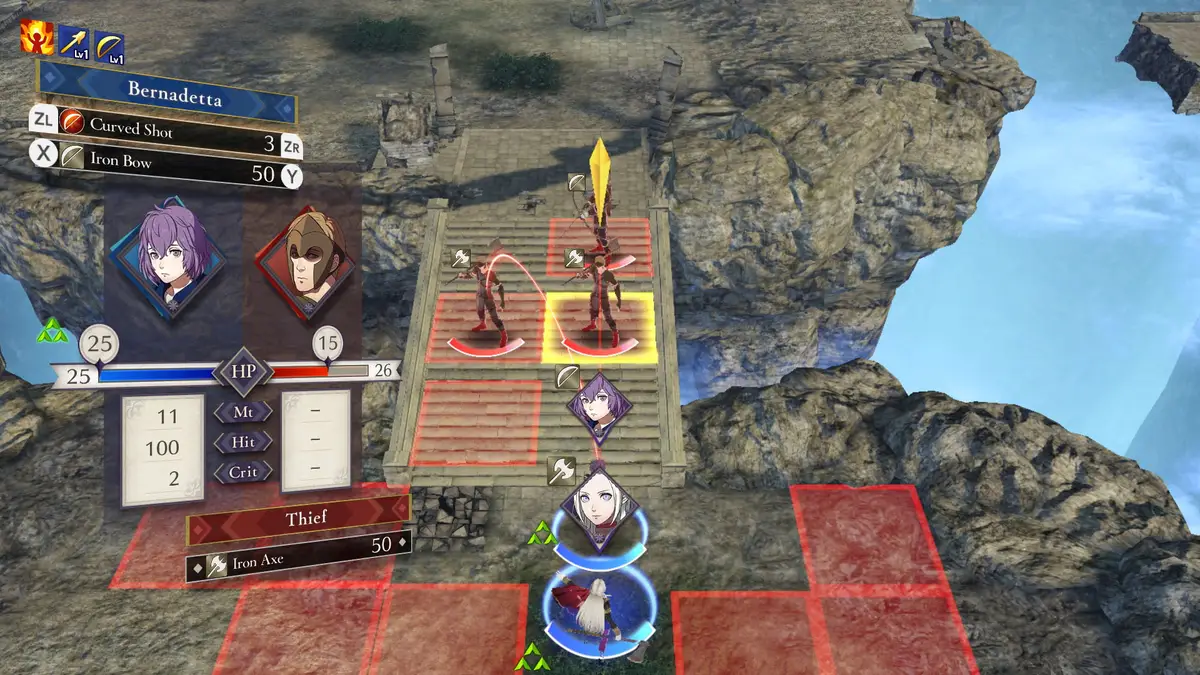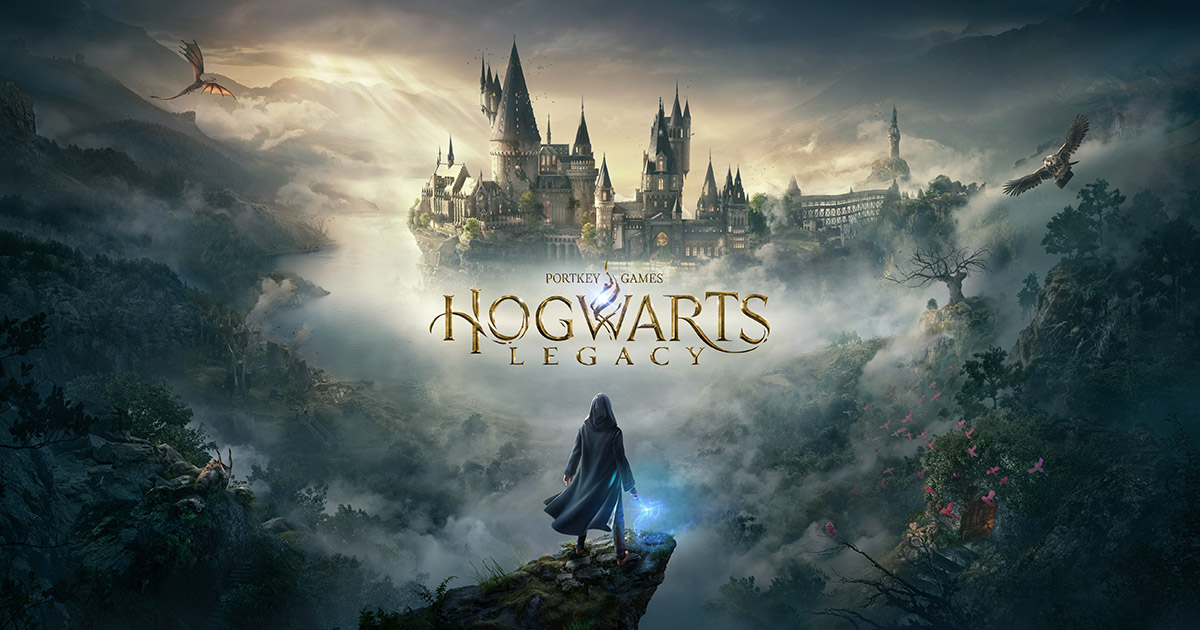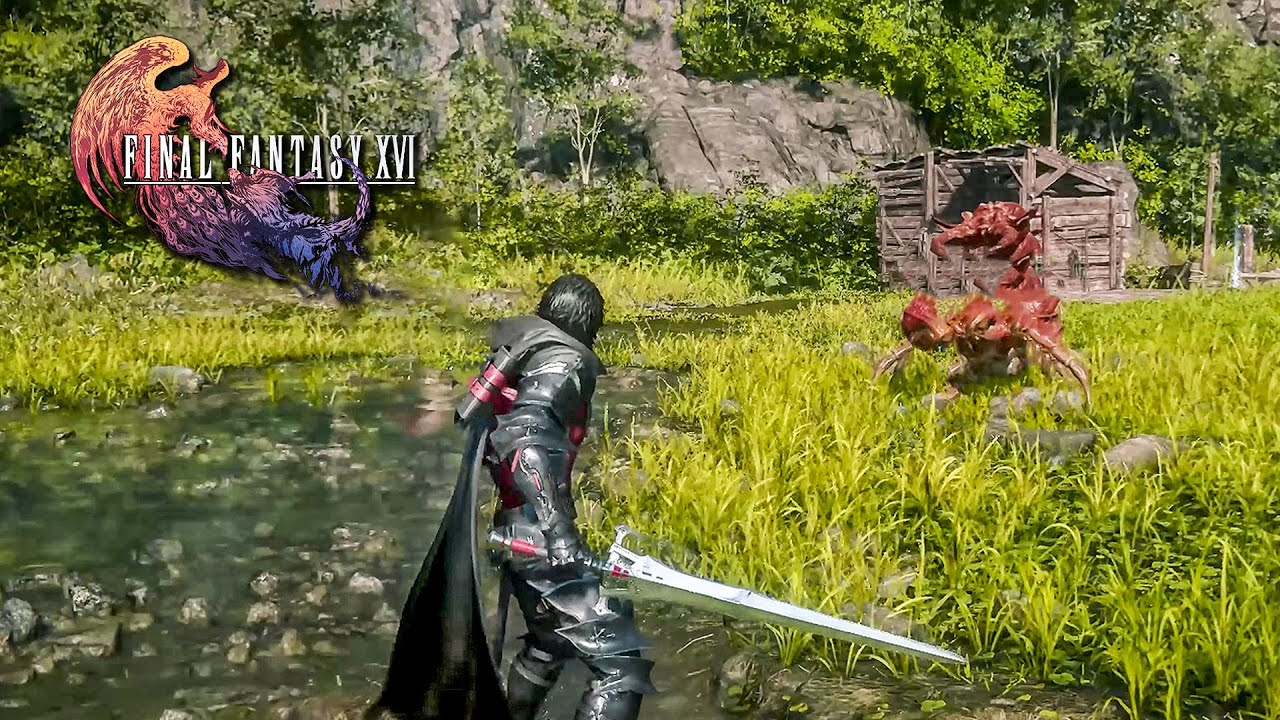Introduction
Fire Emblem: Three Houses is a critically acclaimed tactical RPG developed by Intelligent Systems and Koei Tecmo for the Nintendo Switch. Released in July 2019, the game has been celebrated for its deep strategic gameplay, rich storytelling, and complex character development. Set in the fantasy world of Fódlan, Fire Emblem: Three Houses combines turn-based combat with a school simulation system, offering players a unique blend of tactical strategy and character-driven narrative. This review explores the key aspects of the game, including its gameplay mechanics, storyline, visual design, and reception.
Gameplay Mechanics
Tactical Combat and Strategic Depth
At the heart of Fire Emblem: Three Houses is its intricate tactical combat system. Players engage in turn-based battles where positioning, class choices, and unit management play crucial roles. The game introduces a variety of classes and abilities, allowing for diverse strategic options. Each battle requires careful planning and tactical execution, as players must consider terrain advantages, unit strengths and weaknesses, and effective use of skills.
One of the standout features of the game is its “Combat Arts” and “Magic” system, which provides additional layers of strategy. Combat Arts allow units to perform special attacks with unique effects, while Magic offers powerful spells that can turn the tide of battle. The combination of these mechanics creates a dynamic and engaging combat experience that challenges players to think critically and adapt their strategies.
School Simulation and Character Interaction
In addition to its tactical battles, Fire Emblem: Three Houses features a school simulation aspect where players take on the role of a professor at Garreg Mach Monastery. The school simulation involves managing student activities, participating in social events, and developing relationships with characters. This aspect of the game adds depth to the narrative and allows players to influence the development of their students.
Players can choose to lead one of three houses—Black Eagles, Blue Lions, or Golden Deer—each with its own unique characters and storylines. The interactions and decisions made during this phase impact the overall story and the relationships between characters, creating a personalized experience based on player choices.
Story and Narrative
Engaging Storylines and Multiple Paths
Fire Emblem: Three Houses features a complex and engaging narrative that unfolds through multiple storylines. The game’s story revolves around the political and social conflicts in Fódlan, with each house having its own unique perspective on the events that transpire. Players’ choices throughout the game influence the direction of the story, leading to different outcomes and endings.
The game’s narrative is deeply intertwined with its characters, each of whom has their own backstory, motivations, and development arcs. The relationships and interactions between characters play a significant role in shaping the story, adding emotional depth and personal stakes to the overarching conflict.
Character Development and Personal Stories
Character development is a key focus of Fire Emblem: Three Houses, with each character having their own personal story and growth throughout the game. Players can build relationships through conversations, support conversations, and events, leading to deeper connections and more impactful story moments. The game’s attention to character development helps to create a rich and immersive narrative experience that resonates with players.
Visuals and Art Style
Detailed Character Models and Environments
Fire Emblem: Three Houses boasts impressive visuals, with detailed character models and beautifully crafted environments. The game’s art style combines traditional Japanese RPG aesthetics with modern graphical capabilities, resulting in a visually striking presentation. The character designs are distinct and memorable, with each character’s appearance reflecting their personality and role in the story.
The game’s environments, from the bustling halls of Garreg Mach Monastery to the diverse battlefields, are rendered with high attention to detail. The visual design enhances the game’s immersive experience, drawing players into the world of Fódlan.
Art Direction and Cutscenes
The art direction in Fire Emblem: Three Houses is notable for its vibrant and diverse design. The game features a variety of environments and settings, each with its own unique visual style. The cutscenes, which are presented in a combination of 2D artwork and 3D models, are well-crafted and contribute to the game’s storytelling. The dynamic presentation of cutscenes helps to convey key story moments and character interactions effectively.
Reception and Reviews
Critical Acclaim and Awards
Fire Emblem: Three Houses has received widespread acclaim from critics for its engaging gameplay, intricate story, and well-developed characters. Reviewers have praised the game for its deep strategic combat, the richness of its narrative, and the depth of its character interactions. The game has won several awards and nominations, including Best RPG at The Game Awards 2019, highlighting its impact and success in the gaming industry.
Player Reactions and Community Feedback
Players have responded positively to Fire Emblem: Three Houses, appreciating its blend of tactical strategy and character-driven storytelling. The game’s multiple story paths and character interactions offer significant replay value, as players can experience different aspects of the narrative and character development based on their choices. However, some players have noted that the game’s pacing can be slow at times, particularly during the school simulation segments. Despite this, the overall reception has been highly favorable.
Conclusion
Fire Emblem: Three Houses is a standout entry in the tactical RPG genre, offering a compelling blend of strategic gameplay, rich storytelling, and character development. With its deep tactical combat, engaging school simulation, and multiple story paths, the game provides a memorable and immersive experience for players. The critical acclaim and positive player feedback reflect its success and impact, making Fire Emblem: Three Houses a must-play title for fans of the genre.
Frequently Asked Questions:-
What Platforms Is Fire Emblem: Three Houses Available On?
Fire Emblem: Three Houses is available exclusively for the Nintendo Switch. This platform-specific release ensures that players can enjoy the game on a portable console with a rich, immersive experience.
How Many Houses Are There to Choose From in Fire Emblem: Three Houses?
In Fire Emblem: Three Houses, players can choose from three different houses: Black Eagles, Blue Lions, and Golden Deer. Each house has its own unique characters, storylines, and gameplay elements.
Are There Different Endings in Fire Emblem: Three Houses?
Yes, Fire Emblem: Three Houses features multiple endings based on the player’s choices and the house they choose to lead. The game’s branching storylines and character interactions lead to different outcomes and conclusions.
How Does the School Simulation Aspect Affect Gameplay?
The school simulation aspect of Fire Emblem: Three Houses involves managing student activities, participating in social events, and developing relationships. This aspect influences the game’s narrative and character development, adding depth to the overall experience.
Is Fire Emblem: Three Houses Suitable for New Players?
Yes, Fire Emblem: Three Houses is suitable for new players, as it offers a tutorial system and accessible gameplay mechanics. The game’s engaging story and character interactions make it approachable for both newcomers and fans of the tactical RPG genre.



